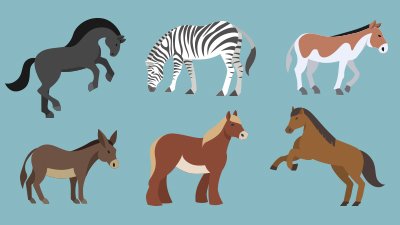Robots Spotlight Selection
ScienceNOW: “It’s a Bot-Eat-Bot World”
Robots at the University of Lausanne are the latest evidences mobilized in support of evolution. The small robots, creations of a team headed by insect expert Laurent Keller, are designed to “[condense] thousands of years of evolution into a weeklong battle” of robot natural selection.
The robots, each of which is equipped with wheels, a camera, a ground sensor, and a computer program designed to take the place of biological DNA, attempt to find “food” by using their internal program for guidance; they similarly attempt to avoid “poison.” Each generation, which lasts some two minutes, results in the successful robots (those who found food and avoided poison) being “mated” with one another through reprogramming.
All the scientists did to emulate natural selection was to merely integrate successful programs with one another.
One feature some of the robots started with was a blue light they could turn on and off. Although the article gives little detail, we read that:
During the course of 500 generations, or about a week, the robots evolved to use their blue lights to communicate. Some groups flashed them to tell others where the food was; other groups used them to warn of the presence of poison. As the tactic worked and the genomes of successful communicators survived, the robots became more and more efficient at foraging.
Evolutionists, such as biologist Lee Dugatkin of the University of Louisville, are “stunned” with the experiment’s “potential … to address all sorts of questions that haven’t been answered yet” regarding the evolution of communication. However, one key element is missing from these scientists’ would-be comparison between the robots and the alleged origin of communication: in the experiment, the mechanisms of robot operation were already programmed in by the scientists (and the robots completely assembled); all the scientists did to emulate natural selection was to merely integrate successful programs with one another. Thus, this experiment represents natural selection in that no new information was created. This does not support the idea that chance mutations could have built up such capability from scratch, as would be required with molecules-to-man evolution.
Remember, if you see a news story that might merit some attention, let us know about it! (Note: if the story originates from the Associated Press, Fox News, MSNBC, the New York Times, or another major national media outlet, we will most likely have already heard about it.) And thanks to all of our readers who have submitted great news tips to us.
(Please note that links will take you directly to the source. Answers in Genesis is not responsible for content on the websites to which we refer. For more information, please see our Privacy Policy.)
Recommended Resources

Answers in Genesis is an apologetics ministry, dedicated to helping Christians defend their faith and proclaim the good news of Jesus Christ.
- Customer Service 800.778.3390
- © 2024 Answers in Genesis







